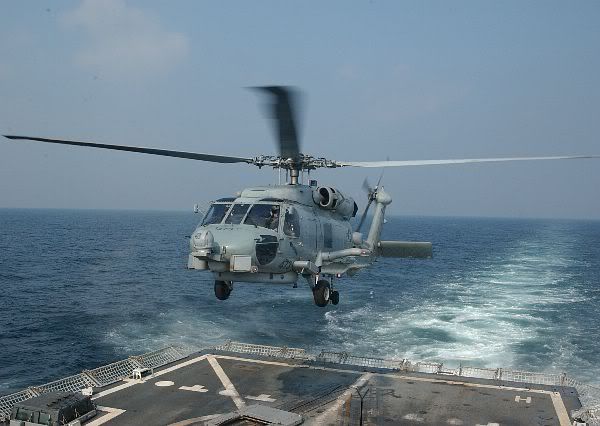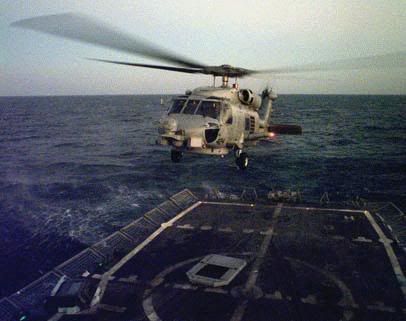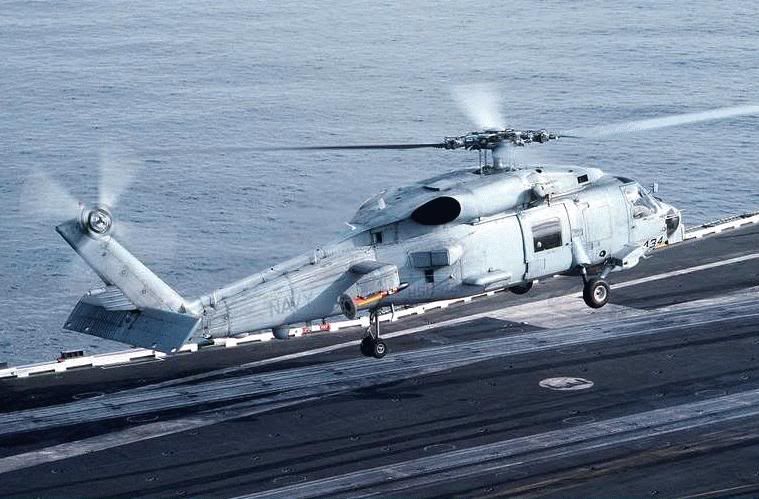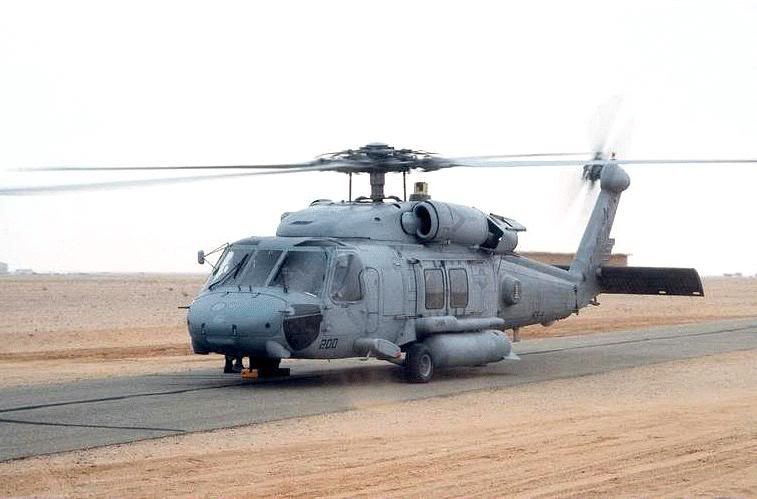
UH-60, HH-60, MH-60, CH-60, SH-60
FAS - Military Analysis Network
HH-60G Pave Hawk
The HH-60G's primary wartime mission is combat search and rescue, infiltration, exfiltration and resupply of special
operations forces in day, night or marginal weather conditions. The HH-60G Pave Hawk provides the capability of independent
rescue operations in combat areas up to and including medium-threat environments. Recoveries are made by landing or by alternate
means, such as rope ladder or hoist. Low-level tactical flight profiles are used to avoid threats. Night Vision Goggle (NVG)
and Forward Looking Infrared (FLIR) assisted low-level night operations and night water operation missions are performed by
specially trained crews. The basic crew normally consists of five: pilot, co-pilot, flight engineer, and two PJs. The aircraft
can also carry eight to 10 troops.
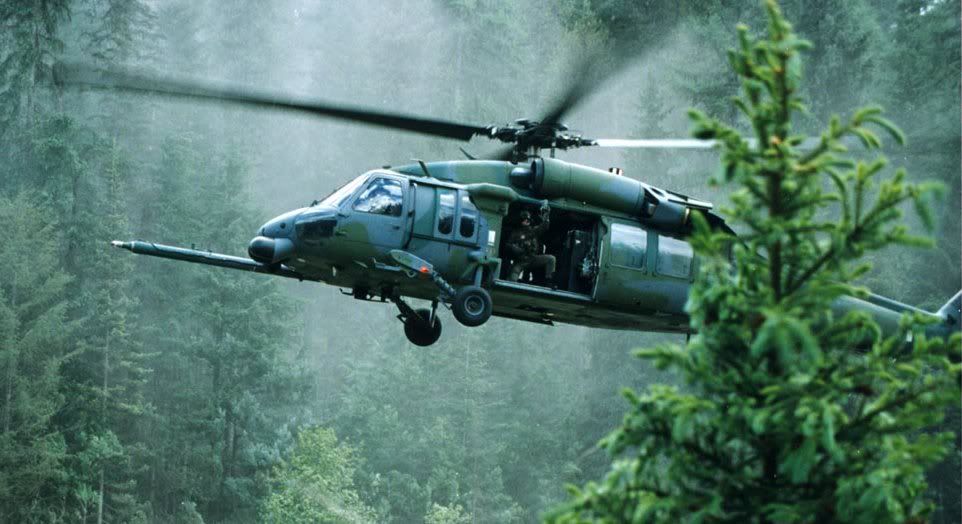
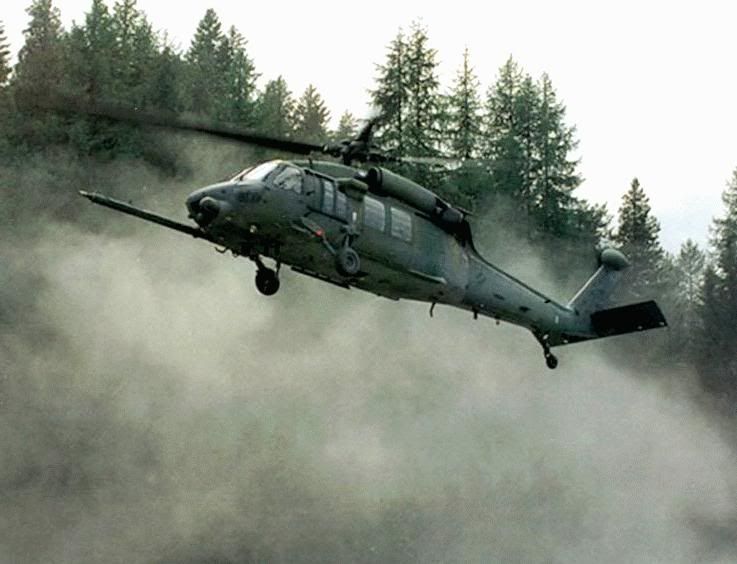
CH-60 Sea Hawk
The current Fleet Combat Support Helicopter provides the Navy's Combat Logistics Force (CLF) with an at-sea Vertical
Replenishment (VERTREP) capability. It also serves as the primary Search and Rescue (SAR) helicopter for the Amphibious Task
Force (ATF), providing essential support to amphibious operations. The primary missions of the CH-60 will include day and
night VERTREP, day and night amphibious SAR, vertical onboard delivery, and airhead operations. Secondary missions of the
CH-60 will include Combat Search and Rescue (CSAR), Special Warfare Support (SWS), recovery of torpedoes, drones, unmanned
aerial vehicles, and unmanned undersea vehicles, noncombatant evacuation operations, aeromedical evacuations, humanitarian
assistance, executive transport, and disaster relief. The CSAR/SWS version of the CH-60 will have additional mission equipment
installed that will provide the Navy with capabilities for CSAR and SWS in both the active carrier-based Helicopter Antisubmarine
Squadrons (HS) and in the Reserve Helicopter Combat Support (Special) (HCS) Squadrons.
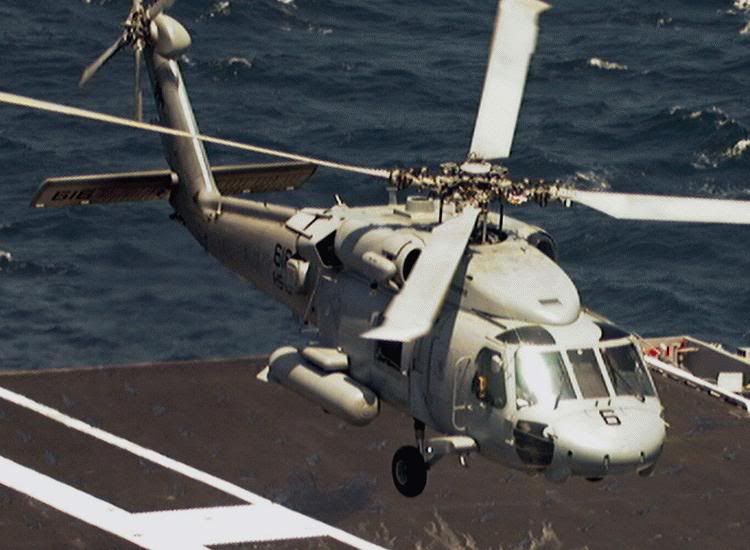
UH-60 Black Hawk
The Black Hawk is the Army’s front-line utility helicopter used for air assault, air cavalry,
and aeromedical evacuation units. It is designed to carry 11 combat-loaded, air assault troops, and it is capable of moving
a 105-millimeter howitzer and 30 rounds of ammunition. First deployed in 1978, the Black Hawk’s advanced technology
makes it easy to maintain in the field. The Black Hawk has performed admirably in a variety of missions, including air assault,
air cavalry and aeromedical evacuations. In addition, modified Black Hawks operate as command and control, electronic warfare,
and special operations platforms.

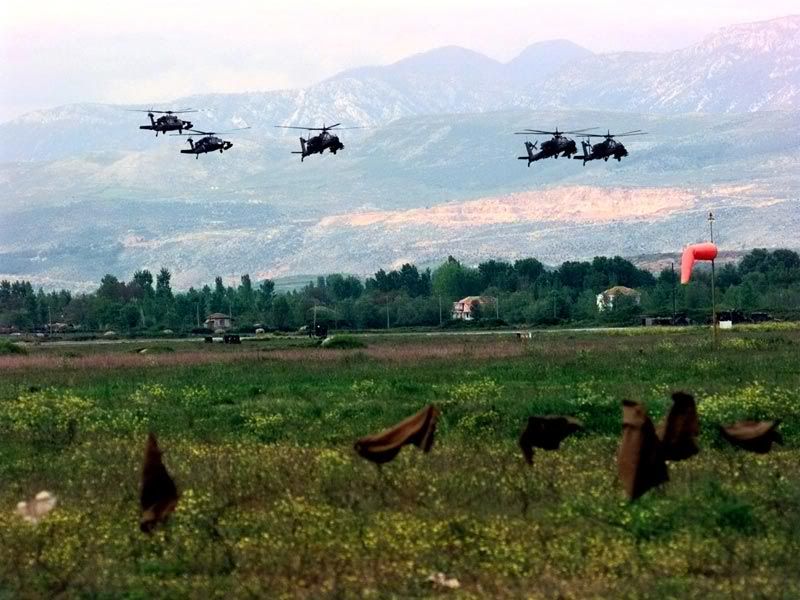
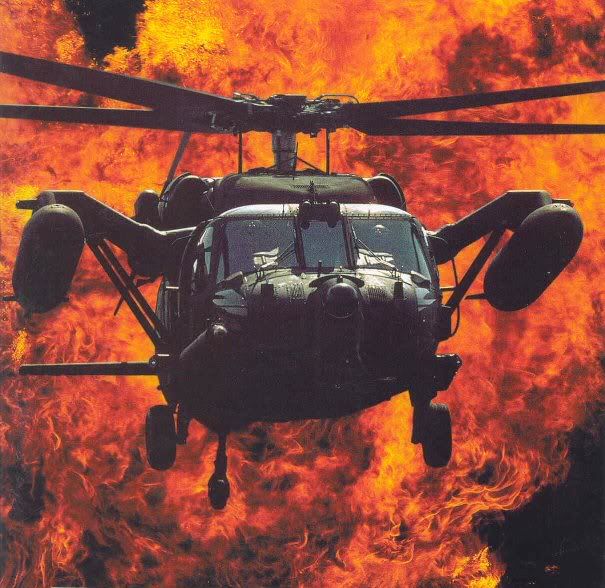
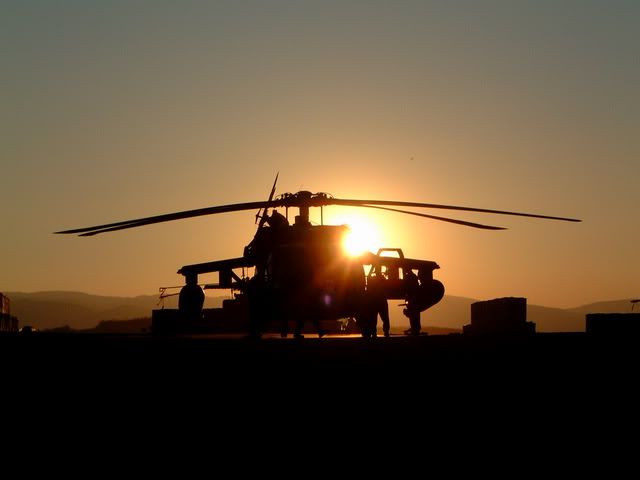
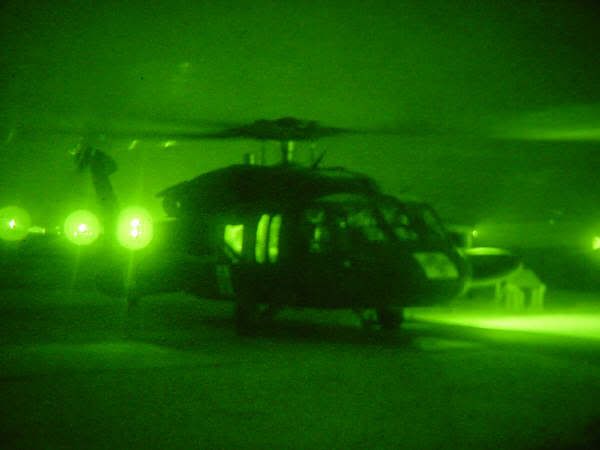
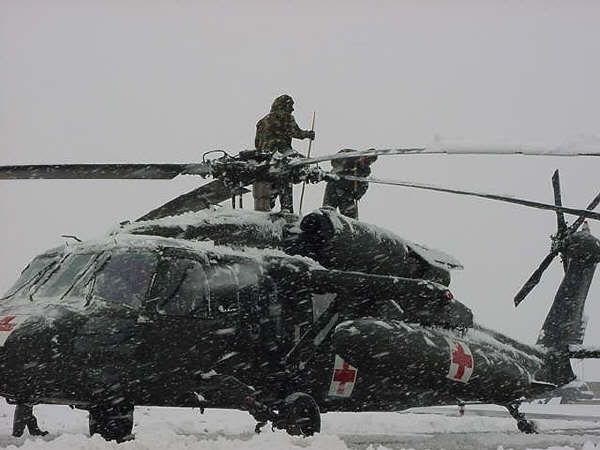

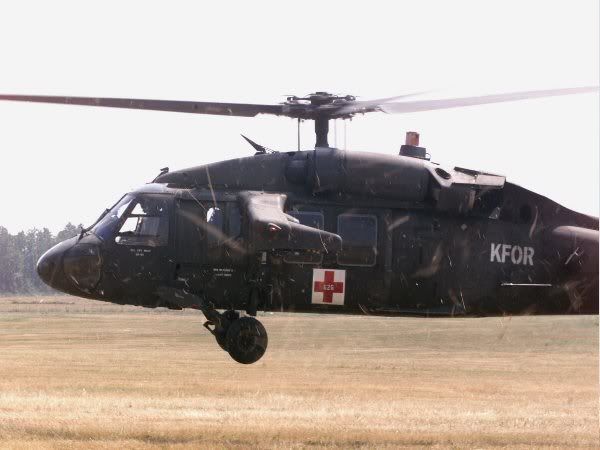
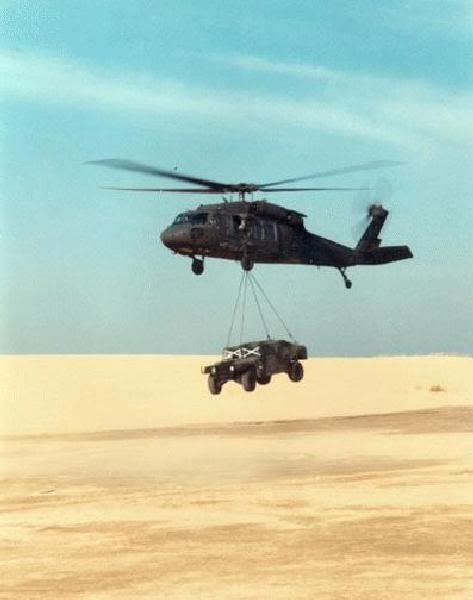


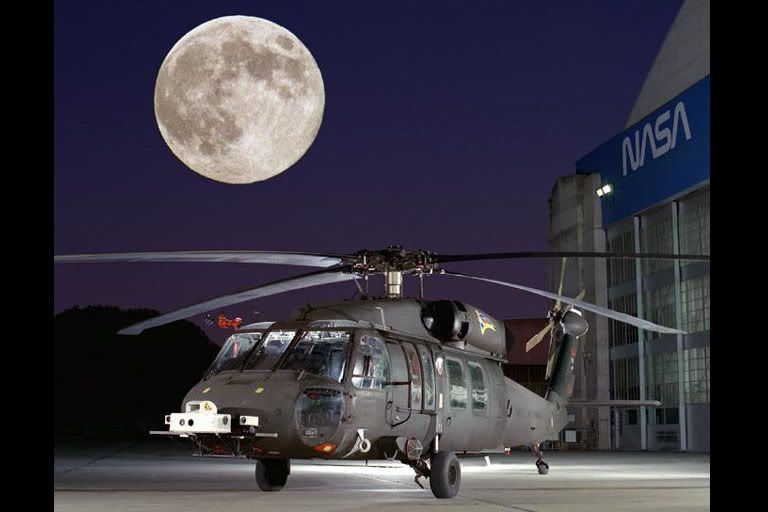
MH-60G Pave Hawk
The Pave Hawk is a twin-engine medium-lift helicopter operated by the Air Force Special Operations Command, a component
of the U.S. Special Operations Command. The MH-60G's primary wartime missions are infiltration, exfiltration and resupply
of special operations forces in day, night or marginal weather conditions. Other missions include combat search and rescue.
During Desert Storm, Pave Hawks provided combat recovery for coalition air forces in Iraq, Saudi Arabia, Kuwait and the Persian
Gulf. They also provided emergency evacuation coverage for U.S. Navy sea, air and land (SEAL) teams penetrating the Kuwait
coas t before the invasion.
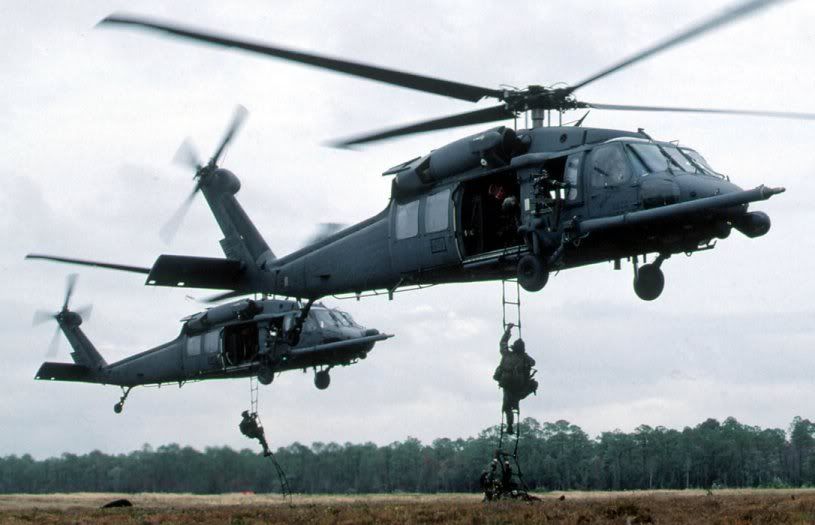

SH-60 LAMPS MK III Seahawk
The Seahawk is a twin-engine helicopter. It is used for anti-submarine warfare, search and rescue, drug interdiction, anti-ship
warfare, cargo lift, and special operations. The Navy's SH-60B Seahawk is an airborne platform based aboard cruisers, destroyers,
and frigates and deploys sonobouys (sonic detectors) and torpedoes in an anti-submarine role. They also extend the range of
the ship's radar capabilities. The Navy's SH-60F is carrier-based. Some versions, such as the Air Force's MH-60 G Pave Hawk
and the Coast Guard's HH-60J Jayhawk, are equipped with a rescue hoist with a 250 foot (75 meter) cable that has a 600 pound
(270 kg) lift capability, and a retractable in-flight refueling probe. The Army's UH-60L Black Hawk can carry 11 soldiers
or 2,600 pounds (1,170 kg) of cargo or sling load 9,000 pounds (4,050 kg) of cargo.
